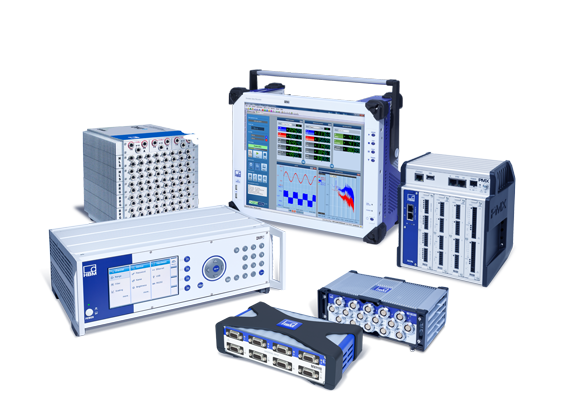Unleashing Insights: The Power of Modern Data Acquisition Systems
Unleashing Insights: The Power of Modern Data Acquisition Systems
Blog Article

In today's data-driven world, the ability to collect and analyze information efficiently is more crucial than ever. Data acquisition systems play a fundamental role in this landscape, enabling organizations to gather valuable insights from various sources in real time. These systems serve as the backbone of modern data collection, allowing for the integration of sensor data, environmental measurements, and operational metrics into a cohesive framework.
As industries continue to evolve, so do the complexities of the data they handle. With advancements in technology, data acquisition systems have become more sophisticated, offering enhanced functionalities and improved accuracy. From manufacturing to environmental monitoring, the applications are vast, and the potential for driving informed decision-making is immense. By harnessing the power of these systems, organizations can not only enhance their operational efficiency but also unlock new opportunities for innovation and growth.
Understanding Data Acquisition Systems
Data Acquisition Systems, or DAS, are essential tools that serve the purpose of gathering, measuring, and analyzing data from various sources. These systems play a critical role in industries ranging from manufacturing to environmental monitoring. By converting physical phenomena such as temperature, pressure, and speed into a digital format, DAS enables user-friendly interpretation and actionable insights.
The components of a Data Acquisition System typically include sensors, signal conditioning equipment, analog-to-digital converters, and a user interface. Sensors detect the physical changes in the environment and convert them into electrical signals, which are then amplified and processed through signal conditioning. This ensures the data is accurate and reliable before being converted into a digital format by analog-to-digital converters, allowing for easy analysis on computers or other devices.
Furthermore, the importance of modern Data Acquisition Systems extends beyond mere data collection. They facilitate real-time monitoring, enabling industries to respond swiftly to changes, thus improving operational efficiency and safety. With advancements in technology, these systems have become more integrated, allowing for remote data collection and monitoring, making them indispensable in today’s data-driven world.
Key Features of Modern Systems
Data Acquisition System
Modern data acquisition systems are equipped with advanced capabilities that enable seamless data collection and processing. One key feature is their ability to integrate with various sensors and devices, allowing for the real-time gathering of data across diverse environments. This flexibility ensures that organizations can track critical parameters, monitor conditions, and respond to changes promptly, enhancing decision-making processes.
Another significant aspect is the enhanced data processing capabilities these systems offer. With built-in analytics and machine learning algorithms, modern data acquisition systems can quickly process vast amounts of information, converting raw data into actionable insights. This facilitates not only quick analysis but also predictive maintenance and anomaly detection, which are essential for many industries relying on data-driven strategies.
Lastly, user-friendly interfaces are a hallmark of contemporary data acquisition systems. These interfaces often include customizable dashboards and visualizations that simplify data interpretation for users at all technical levels. By presenting complex data in an accessible manner, modern systems empower teams to harness the full potential of their data without needing extensive technical expertise, fostering a culture of data-driven decision-making.
Applications and Benefits
Data Acquisition Systems have a wide range of applications across various sectors, including manufacturing, research, and environmental monitoring. In manufacturing, these systems monitor and control processes in real time, enabling companies to optimize production efficiency and product quality. In research environments, they collect data from experiments and simulations, providing valuable insights for scientific advancements. Environmental monitoring applications help track changes in climate and pollution levels, allowing for timely responses to ecological threats.
The benefits of Data Acquisition Systems extend beyond efficiency. By ensuring accurate data collection, these systems lead to improved decision-making and operational strategies. For instance, in industries such as healthcare, continuous monitoring of patient data can enhance patient care and enable early intervention when necessary. Furthermore, the integration of advanced analytics with Data Acquisition Systems allows organizations to identify trends and anomalies, facilitating proactive measures and informed resource allocation.
Another significant benefit is the cost-effectiveness achieved through automation. Data Acquisition Systems reduce the need for manual data entry, which can be prone to errors and time-consuming. By automating the data collection process, organizations not only save time and reduce labor costs but also enhance the reliability of the data collected. As a result, businesses and institutions can focus on analysis and innovation, driving growth and improving outcomes across various fields.
Report this page